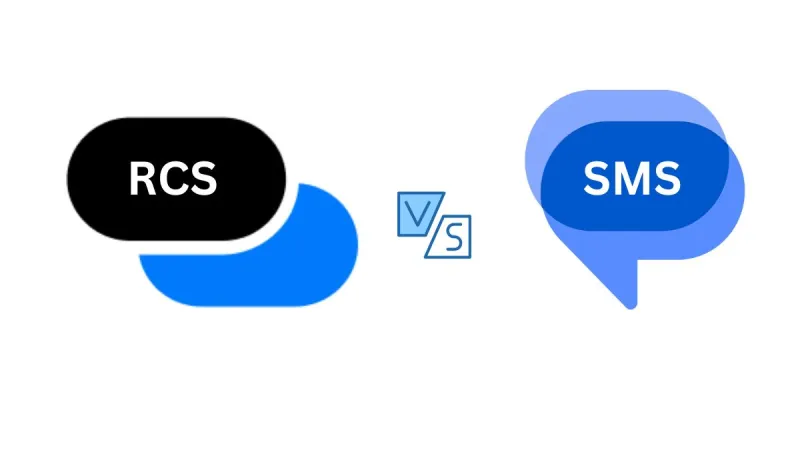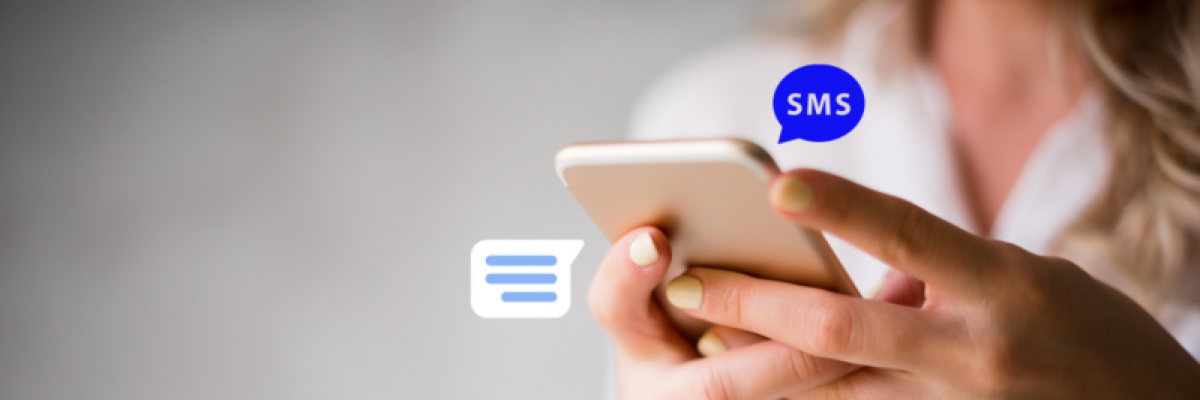Understanding the Difference Between SMS and RCS
Effective communication is crucial for businesses looking to build strong customer relationships. With the evolution of mobile messaging, companies have more options than ever to reach their customers. SMS (Short Message Service) and RCS (Rich Communication Services) are two prominent messaging technologies. Understanding the differences between these two can help businesses choose the right tool for their communication needs.
What is SMS?
Basics of SMS
SMS, or Short Message Service, is one of the oldest and most widely used text messaging services. Introduced in the early 1990s, SMS allows mobile phone users to send short text messages up to 160 characters. Despite its simplicity, SMS has remained a reliable and ubiquitous communication tool for decades.
Advantages of SMS
SMS is universally supported across all mobile devices, making it accessible to virtually everyone. It doesn’t require an internet connection, a significant advantage in areas with poor connectivity. Additionally, SMS is straightforward and easy to use, ensuring that messages are received and read promptly.
Limitations of SMS
While SMS is highly reliable, it has several limitations. The character limit restricts the amount of information conveyed in a single message. SMS also lacks multimedia capabilities, meaning you can’t include images, videos, or interactive elements. These limitations can make SMS less engaging compared to more modern messaging solutions.

What is RCS?
Basics of RCS
RCS, or Rich Communication Services, is an upgrade to SMS that brings richer features and capabilities to mobile messaging. RCS enables users to send messages with high-resolution images, videos, audio messages, and even interactive buttons. It combines the simplicity of SMS with the functionality of modern messaging apps.
Advantages of RCS
RCS offers a significantly enhanced user experience compared to SMS. With RCS, businesses can create more engaging and interactive messages that capture the recipient’s attention. For example, a promotional message can include images and videos of a new product, or a customer support message can feature interactive buttons for quick responses.
Another advantage of RCS is its ability to provide read receipts and typing indicators, similar to popular messaging apps. This feature allows businesses to see when a message has been read and when the recipient is typing a response, enabling more dynamic and responsive communication.
Limitations of RCS
Despite its many benefits, RCS has some limitations. Unlike SMS, which is universally supported, RCS requires both the sender and recipient to have RCS-enabled devices and carriers. Additionally, RCS relies on an internet connection, which can be a drawback in areas with poor connectivity. However, as more carriers and devices adopt RCS, its availability and reliability continue to improve.
Comparing SMS and RCS
Message Content and Engagement
The most significant difference between SMS and RCS is the type of content that can be included in messages. SMS is limited to plain text, whereas RCS allows rich media and interactive elements. This difference makes RCS a more powerful tool for engaging customers and delivering detailed information.

User Experience
RCS offers a more modern and interactive user experience than SMS. Features like read receipts, typing indicators, and interactive buttons enhance communication and make it more similar to popular messaging apps. This improved experience can lead to higher customer satisfaction and engagement.
Availability and Compatibility
While SMS is universally available and compatible with all mobile devices, RCS requires both parties to have RCS-enabled devices and carriers. This requirement can limit the reach of RCS messages compared to SMS. However, the growing adoption of RCS is gradually reducing this limitation.

Practical Applications for Businesses
Marketing Campaigns
RCS can significantly enhance marketing campaigns by allowing businesses to create more engaging and interactive messages. For example, a retail company can send an RCS message with images and videos of a new product line and interactive buttons for customers to purchase or request more information. This approach can increase customer engagement and conversion rates.
Customer Support
RCS is also a powerful tool for customer support. Businesses can use RCS to provide instant support with rich media content, such as video tutorials or images. Interactive buttons can guide customers through troubleshooting steps or connect them with a live support agent. This rich communication can improve the customer support experience and resolve issues more efficiently.
Appointment Reminders
RCS can make appointment reminders more effective for businesses in healthcare, beauty, or any service industry that relies on appointments. An RCS message can include interactive buttons for confirming or rescheduling appointments and maps and instructions. This functionality can reduce no-show rates and enhance customer convenience.
Choosing between SMS and RCS depends on your business needs and goals. While SMS offers simplicity and universal reach, RCS provides a richer, more engaging communication experience. By understanding the differences and advantages of each, businesses can make informed decisions and implement the most effective communication strategies.
Integrating RCS into your communication strategy can enhance customer engagement and improve operational efficiency. These platforms offer flexibility, scalability, and cost-effectiveness, making them an ideal solution for businesses looking to improve customer interactions. Embracing RCS can give your business a competitive edge and drive significant benefits in the long run.




